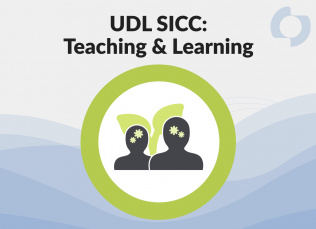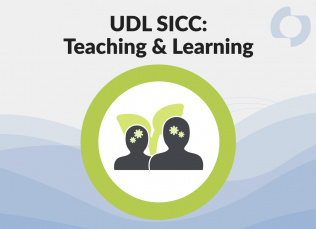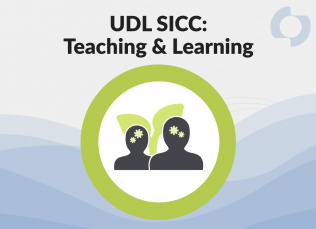
UDL Assessment Video Modules
This playlist of YouTube videos contains information on why assessments are important and how they can be used to support student learning and teacher instruction.
This playlist of YouTube videos contains information on why assessments are important and how they can be used to support student learning and teacher instruction. The videos describe the type of learning, barriers or challenges in assessing student learning, and ways assessment data can be used to teach and design instruction.
How does it relate to the UDL-SICC?
These informational videos support the Teaching and Learning Domain, Element 4 (D2, E4), which focuses on educators ensuring that learners gain intended skills, habits, and knowledge from learning experiences.
How might you use it?
- Provide professional learning around this video and additional modules within to series to ensure educators understand the type of assessments that exist, the barriers to these assessments and ways assessments can be designed to eliminate unintentional barriers.
- Have school-wide professional development on the tips for designing “good” assessments and provide examples and non-examples to aid teachers in their assessment development.
- Provide discussion around commonly used assessments in the building and how they may or may not be universal designed and what can be done to ensure that aspects of the assessments do not contain barriers or challenges to students.
Share this resource:
Posted date:
May 30, 2023



